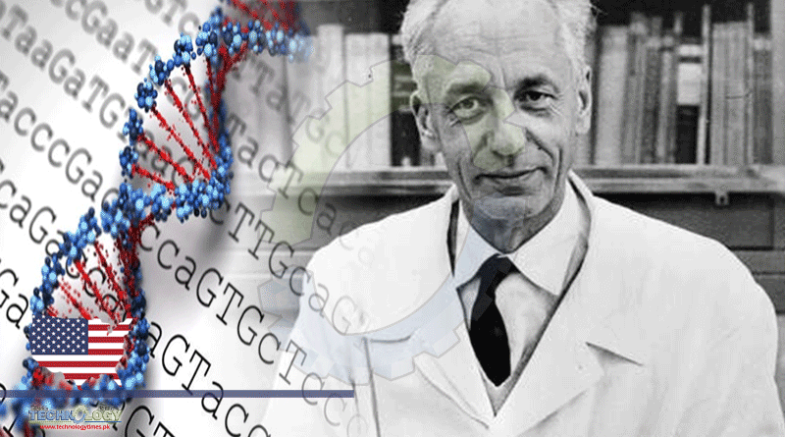As Father Of Immunogenetics, Snell’s Work Also Laid Groundwork For Research Into Genetic-Based Immunological Responses To Other Diseases

Father Of Immunogenetics Snell’s Work Led Directly To Successful Human Organ Transplants The 1980 Nobel Prize in Physiology or Medicine, awarded to George D. Snell sold Thursday night for $275,000 at Nate D. Sanders Auctions. Snell won the Nobel Prize for his discovery of MHC, the genetic foundation of a body’s immunological response to tissue and organ transplants, determining whether it accepts an organ or rejects it. Prior to Snell’s research, organ transplantation was entirely dependent on chance as to whether a genetic match would allow an organ to be accepted by its recipient; afterwards, the only impediment was the availability of organs, and millions of lives have been saved as a result.
The first successful organ transplant occurred in 1954 when one identical twin donated a kidney to his sibling. The first successful liver transplant occurred in 1967, followed by the first effective heart transplant in 1968. However during this time, most transplant patients didn’t live more than 30 days because of genetic incompatibility until the early 1980s when medical advances turned organ transplantation from science fiction to reality. Shortly after George Snell won his Nobel Prize, the first successful heart/lung transplant was performed in 1981. Two years later, the first successful lung lobe transplant took place. Snell’s research paved the way for nearly 150,000 people annually who now receive organ transplants worldwide.
As the Father of Immunogenetics, Snell’s work also laid the groundwork for research into genetic-based immunological responses to other diseases, such as cancer, neurodegeneration and cardiovascular disease, as well as infectious and autoimmune diseases such as type 1 diabetes and lupus, with the goal towards developing new and effective clinical therapies. Snell’s Nobel-Prize winning research was performed at the Jackson Laboratory (JAX) in Bar Harbor, Maine, where he’s remembered by Professor Derry Roopenian as being “more interested in encouraging young scientists than in accolades of his own monumental achievements.”
Snell was born in Bradford, Massachusetts in 1903. He earned bachelor’s degrees in Science and Mathematics at Dartmouth University. Snell attended Harvard University afterwards obtaining M.S. and Ph.D. degrees in science in 1928 and 1930. He joined the Jackson Laboratory in 1935 as a Research Associate, where he worked for the remainder of his career. In 1978, Snell was the recipient of the Cancer Research Institute’s William B. Coley Award for distinguished research in immunology. He died in 1996.
Nobel’s image and the engraving ”Sveriges Riksbank Till Alfred Nobels Minne 1968” are on one side. The medal’s reverse side features a relief of a woman representing the Genius of Medicine, holding a book in her lap, as she collects water to nourish a girl. Encircling the medal are the words ”INVENTAS VITAM JUVAT EXCOLUISSE PER ARTES,’’ which translates from Latin to ”The benefits of improved life through discovered arts” Snell’s name and 1980 in Roman numerals are engraved on a plaque framed by the words ”REG UNIVERSITAS MED-CHIR CAROL,’’ representing the Karolinska Institute that awards the Nobel Prize in Physiology or Medicine.
Bidding on the Nobel Prize medal began at $200,000.
In early October, the Nobel Prize was awarded in five categories fulfilling Sir Alfred Nobel’s will of 1895 requesting that the prize be awarded to “those who, during the preceding year, have conferred the greatest benefit to humankind.”
Additional information on the Nobel Prize medal can found at:
https://natedsanders.com/Nobel_Prize_Awarded_to_The_Father_of_Immunogenetic